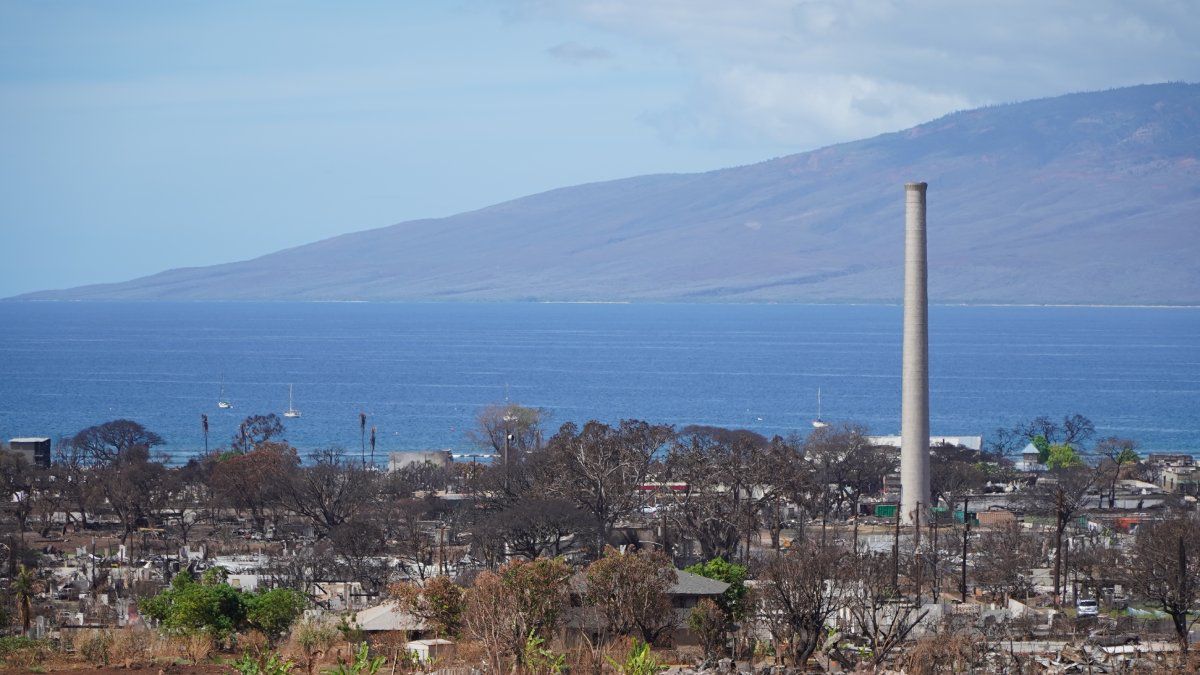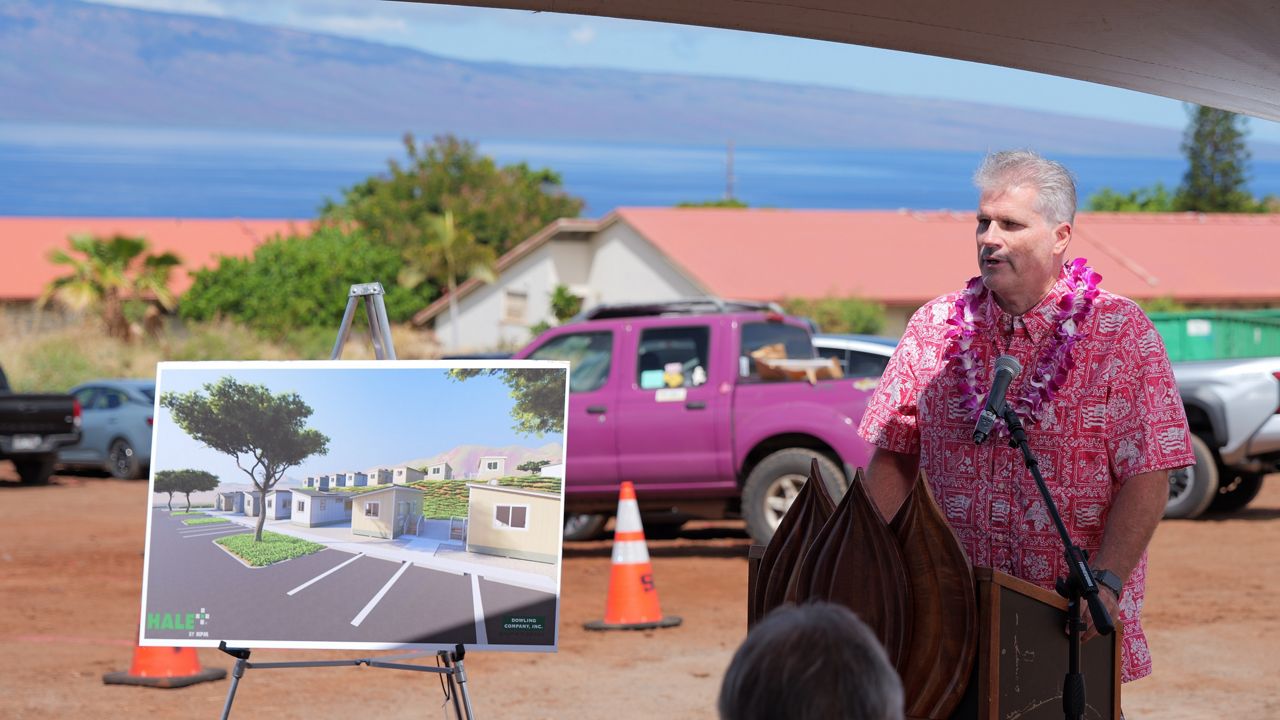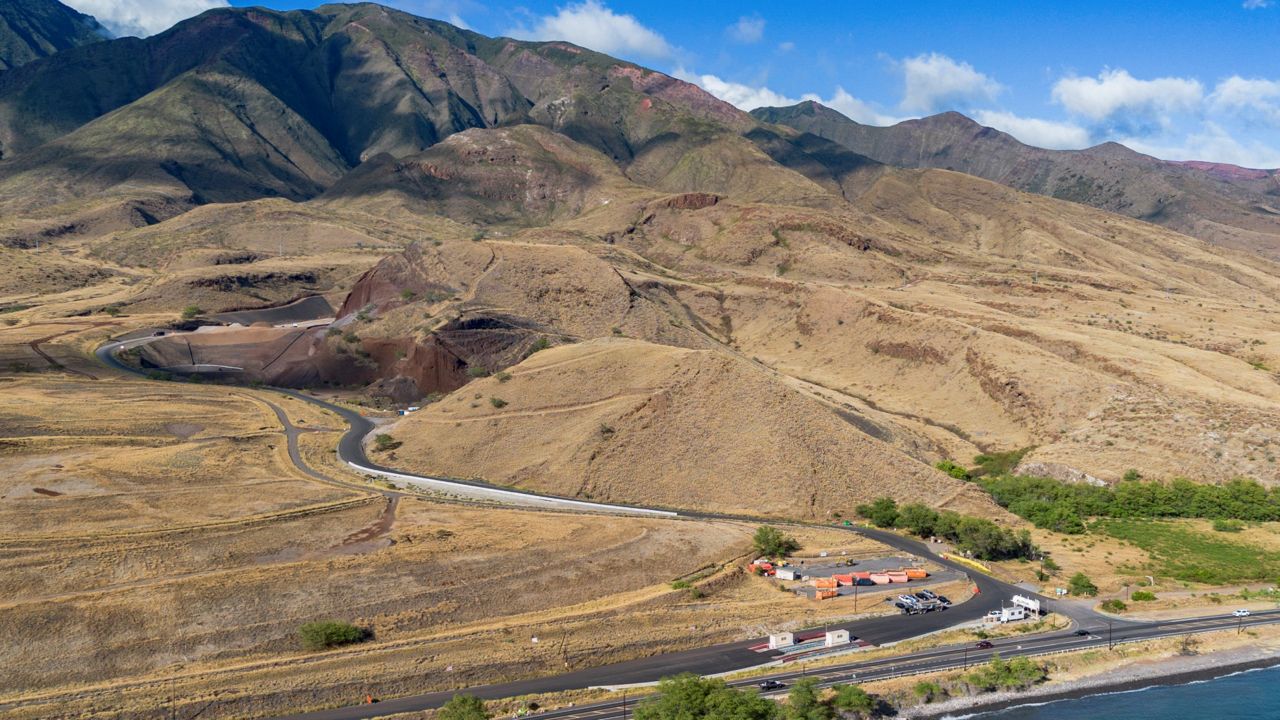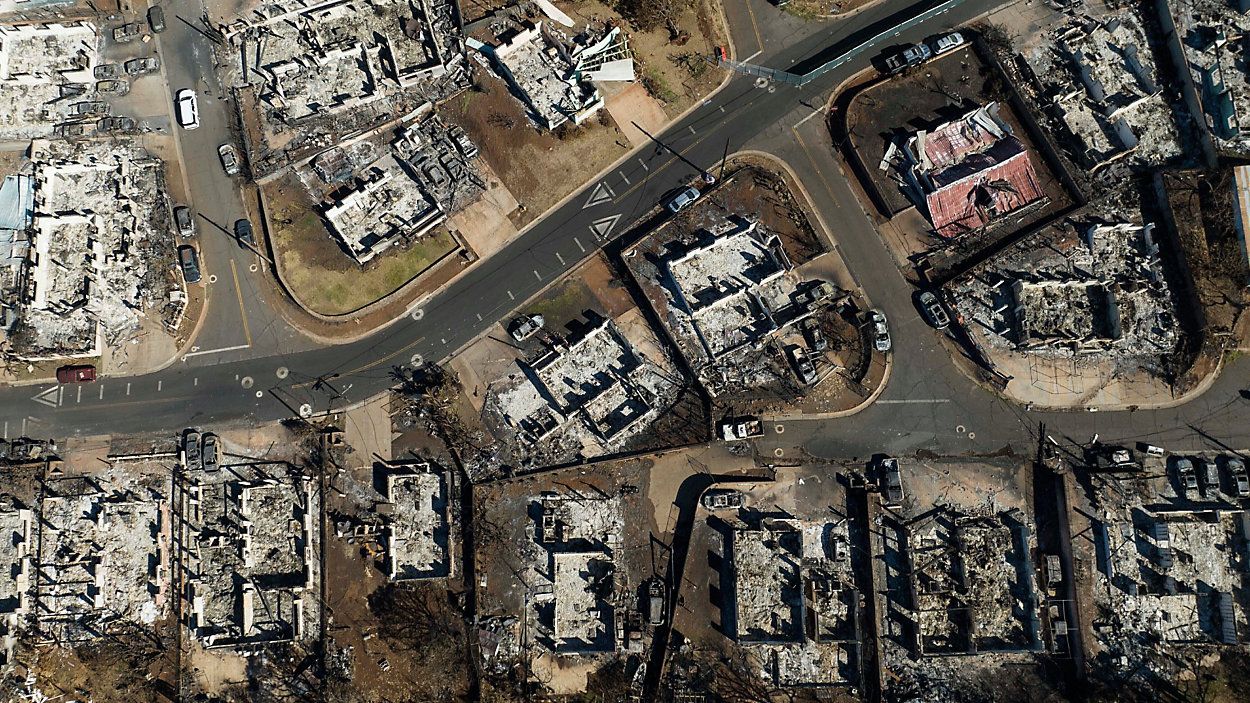HONOLULU — At a virtual media conference held on Sunday, the Hawaii Department of Health shared that preliminary and unvalidated data from ash samplings it received Friday night show “very high levels of arsenic” in the wildfire ash collected in Kula. Testing also showed elevated levels of lead and cobalt.
The samples were collected on Sept. 21 from eight burned homes that had been constructed from the 1930s to 2000. DOH expects the same findings from ash in Lahaina, since homes in the impacted area were constructed during the same period.
With phase one of the EPA hazard removal process coming to an end, DOH will begin to conduct testing of Lahaina ash.
In a news release, DOH said they and their partners have consistently communicated that the wildfire ash and dust are toxic and should be avoided. According to preliminary data, the primary contaminant of concern is arsenic, a heavy metal that adheres to wildfire dust and ash. The finding again reinforces the need to follow recommendations to reduce exposure.
“The preliminary data indicate extremely high levels of arsenic in the ash, as well as elevated levels of lead and cobalt,” said State Health Director Dr. Kenneth S. Fink in the release. “While the presence of these substances is not unexpected, the concentration of arsenic in particular demonstrates the high toxicity of the ash and reinforces the importance of avoiding exposure to the ash.
“It is important to remember that people can take action to minimize their exposure to these contaminants, including avoiding disruption of ash and wearing proper PPE when in impacted areas. In addition, for people near the impacted areas, keeping surfaces clean of dust and ash and frequent handwashing will greatly reduce exposure,” Fink stressed.
As a result of the preliminary data, DOH is taking the following actions in Lahaina and Kula to protect public health:
- DOH has requested Maui County and EPA to prioritize the application of Soiltac in Lahaina’s impacted zones closest to inhabited areas. Because arsenic adheres to ash, preventing ash and dust from becoming airborne will decrease risk of exposure. Soiltac is a dust control agent and soil stabilizer that the EPA has applied in Kula and areas near Lahaina schools, according to the release.
- DOH recommends Maui County to install higher dust screens around impacted areas and use water misters to control dust and ash in Lahaina to protect those residing next to impact areas until Soiltac can be applied.
- DOH strongly recommends Maui County to stop using sifters in areas near inhabited areas during Lahaina re-entry visits as sifters cause ash to become airborne.
- Coordinating with the EPA, DOH will collect hundreds of ash samples in Lahaina to create a representative sample of the impacted areas. They await the clearing of household hazardous materials.
- DOH will conduct additional air sampling in Lahaina and Kula for heavy metals including arsenic. According to DOH, if ash or dust are not in the air at the time of sampling, it’s unlikely that contaminants will be found in any measurable amount that would be considered harmful.
- DOH is continuing to install additional PM 2.5 continuous air monitors. When metals such as arsenic or lead adhere to pieces of ash or dust, they register as PH 2.5, particulate matter that’s 0.0025 millimeters and smaller in size — about 30 times smaller than a human hair strand. It can be a component of ash, dust, smoke and air pollution, per DOH. Therefore, air monitoring for PH 2.5 can be used as an indicator for contaminant monitoring.
Residents can monitor real-time air quality online with the AirNow Fire and Smoke Map or by downloading the AirNow mobile app. Apps such as Local Haze, IQAir and Paku use the same data sources and allow for real-time alerts.
According to DOH, if real-time air monitors are yellow, orange, red or purple (AQI above 50), take the following steps:
- Avoid outdoor activities, which is especially important for children and those who are pregnant.
- Stay indoors and close all windows and doors. If you use an air conditioner, set it to the recirculate option.
- If you need to leave the affected area, turn on your vehicle’s air conditioner and set it to the recirculate option.
Residents should take precautions such as daily mopping and wet wiping to keep household surfaces free of dust and ash. Children — who are most susceptible to the toxic effects of these chemicals — should not play outside in areas that contain ash.
DOH recommends residents stay indoors and close windows when the air quality indicator is anything but green. When high winds are present or if you are downwind of the impact zone, stay indoors and close the windows.
- DOH recommends all individuals returning to impacted areas follow re-entry guidance. In addition:
- Use personal protective equipment when in impacted areas.
- Do not allow children and those who are pregnant into these areas.
- Do not eat in impacted areas and keep water bottles covered and protected from dust.
- Objects removed from the area should be immediately washed with soap and water.
- DOH strongly recommends people to thoughtfully decide if the risk of re-entry is worth the benefit.
- DOH also strongly recommends people limit their time in the re-entry zone as much as possible.
DOH is continuously working with the Department of Education to assess risk at West Maui schools, as well as with Maui County and other partners to assess risk and minimize them.
“The Department of Education continues to strongly believe that reopening our Lahaina schools for in-person learning is critical for the well-being of our students and the community. We have been reassured that our campuses are safe for students and staff to be at based on current air quality conditions and the extensive environmental testing we’ve done over the last several weeks,” said DOE Superintendent Keith Hayashi.
“We have revised our school safety guidelines to be extra cautious if the air monitors pick up particles in the air and we will continue to work closely with DOH to regularly test and monitor conditions at the schools. While our plans to reopen the Lahaina schools to students starting tomorrow (Oct. 16) remain unchanged, we understand families will need to take in this new information, process what it means, and make decisions that are best for their situation and their ohana. Our schools will be flexible on student absences during this first week of reopening as families make decisions,” Hayashi said.
Soiltac was added to areas near Lahaina schools said DOH. They have also recommended to DOE to limit outdoor activities.
Real-time air monitors have been installed at West Maui schools and between the schools and impacted areas, and DOE staff is monitoring air quality at the schools. In addition, extensive environmental testing at the schools has not shown evidence of ash or contaminants being transported between the two areas.
Soil tests conducted at all three Lahaina schools did not show levels of arsenic or lead beyond background levels; wipe samples of school surfaces did not detect lead or arsenic. DOE will continue to sample wipes of indoor and outdoor surfaces on a biweekly basis.
DOH stresses that the preliminary data has not yet been validated and final results may vary, meaning the data has not been double-checked by a lab or quality tested by an independent third party. Final test results may be different.
Identified contaminants include lead, which is particularly toxic for young children and babies in utero; arsenic, which was found in very high levels in the ash; and cobalt, which may cause cancer with extreme exposure.
According to DOH, organochlorine pesticides such as chlordane, DDT, dieldrin, heptachlor and others, which were historically used in Hawaii, were not detected in the ash.
Sarah Yamanaka covers events, environmental and community news for Spectrum News Hawaii. She can be reached at sarah.yamanaka@charter.com.








